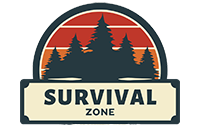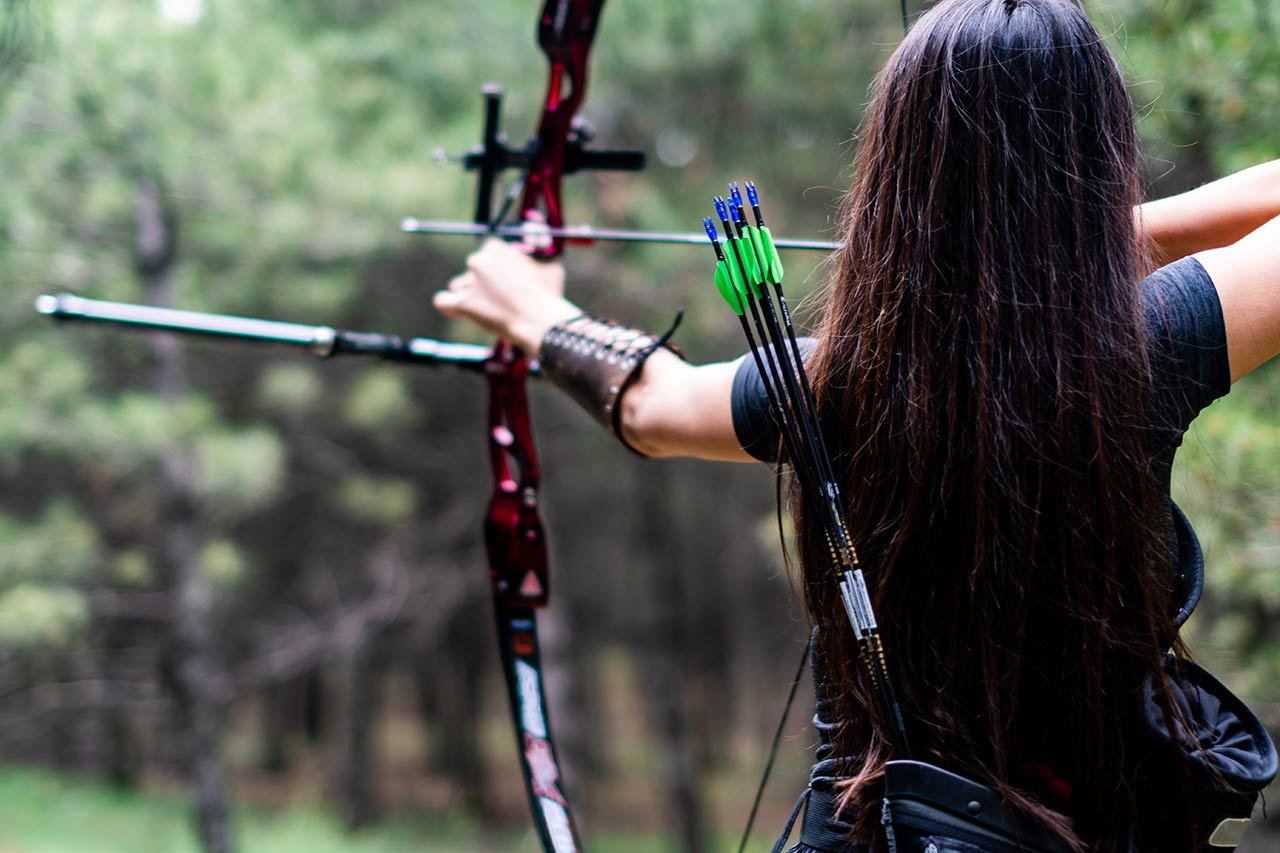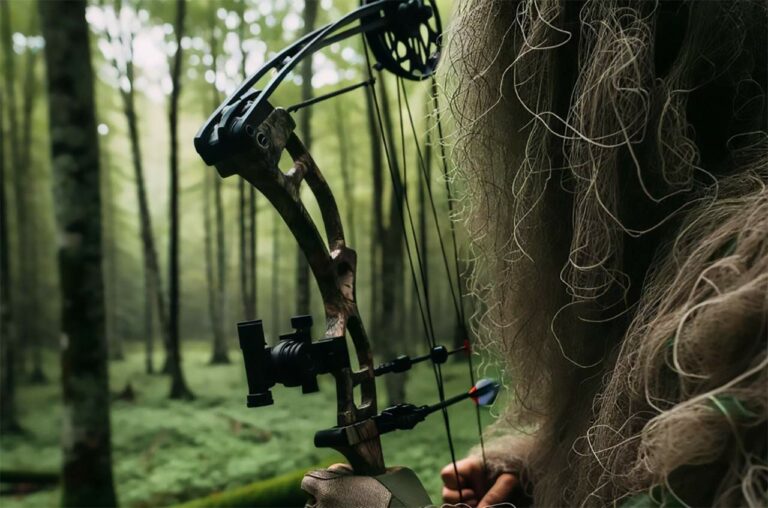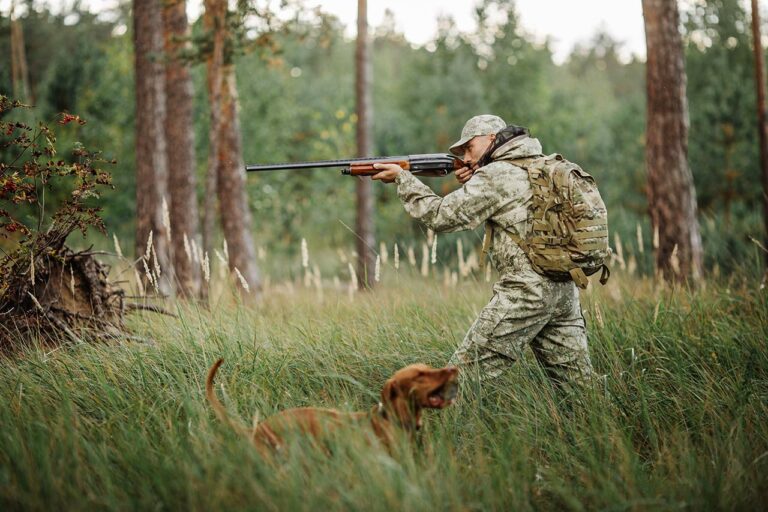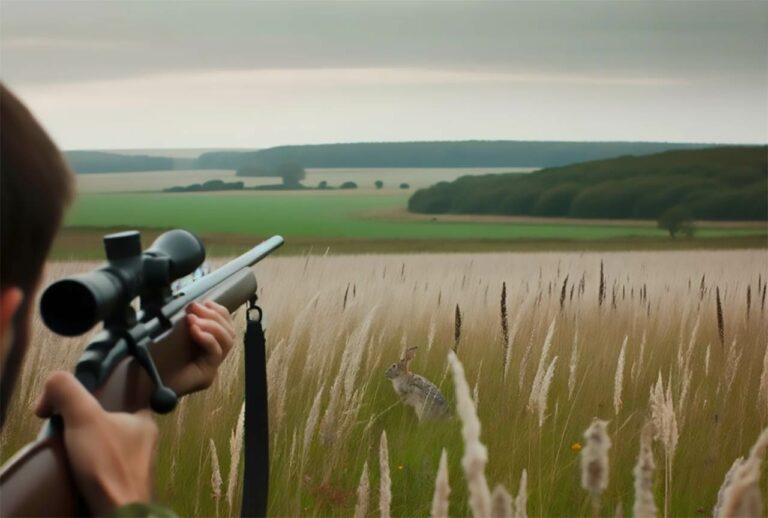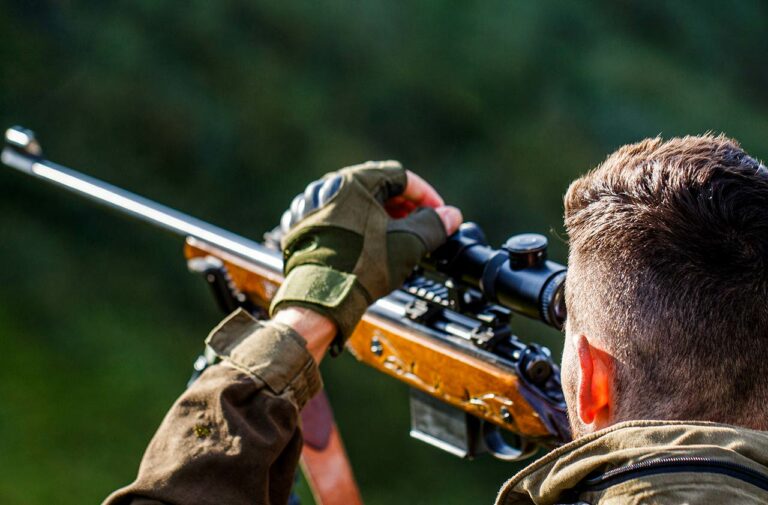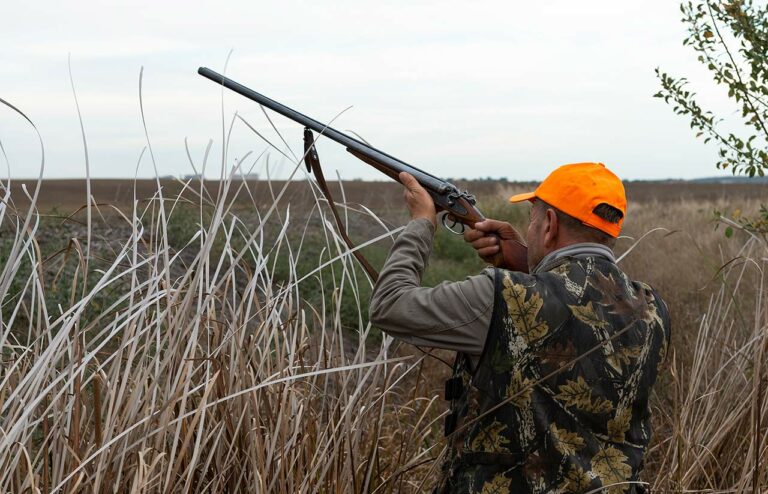Bow Hunting For Beginners: Essential Tips And Techniques
Bowhunting is an exhilarating and rewarding outdoor activity that combines skill, patience, and a deep connection with nature. If you’re new to this ancient art, it’s essential to learn the basics and understand the fundamentals of archery, from choosing the right bow to mastering your aim and developing proper technique.
You might find drawing the bow and releasing a straight arrow challenging at first, but don’t that discourage you. No one shoots perfectly with a bow their first time. It’s common for new bowhunters, and even seasoned bowhunters, to continue to refine their techniques as they gain experience.
Choosing the Right Bow
Types of Bows
When you’re just starting out with bow hunting, it’s important to understand the different types of bows available to you. Knowing each bow and how it works can help you in your understanding of how and why some bows shoot the way they do.
There are three main types of bows for beginners: compound, recurve, and longbow.
Compound Bows
A popular choice for beginners, compound bows use a system of pulleys, or cams, to make drawing the bow easier. This allows for more control and accuracy, making it an excellent option for those new to bow hunting.
Recurve Bow
This type of bow has curved limbs that help provide more power and accuracy than a longbow. Recurves are a nice choice for beginners who prefer a lighter, more traditional bow.
Longbow
Longbows are the most traditional type of bow and have a simple design with straight limbs. If you’re interested in a bow with historical appeal and a quiet shot, you might consider a longbow. Just keep in mind, you will likely be putting in more practice with a longbow than with another bow type.
Fundamentals of Archery
Archery is a skill that requires a good grasp of its fundamentals. To get started, you’ll need to familiarize yourself with the basic components of archery, including your draw length, stance, grip, anchor point, and shooting form.
Draw Length
Begin with determining your draw length. This is the distance from the nock point on the bowstring to the grip’s pivot point when you’re at full draw. Having the correct draw length is essential for comfortable and accurate shooting.
To find your draw length, stand with your arms extended to the side and measure the distance from one fingertip to the other. Divide this number by 2.5 to get an approximate draw length.
Stance
Next, establish your stance. Stand with your feet shoulder-width apart, perpendicular to your target. Make sure your body is relaxed and not leaning forward or backward. Your weight should be evenly distributed between both feet.
Grip
Grip the bow properly by placing the web of your hand on the grip. Make sure your knuckles are at a 45° angle, and try not to make a tight fist. This can torque the bow during the shot and lead to less accurate shots.
Anchor Point
Your anchor point is essential for consistent arrow release. There are different anchor points in traditional and compound bows. For a traditional bow, the anchor point is typically where the index finger meets the corner of your mouth. For compound bows, it varies depending on the type of release aid used. It’s critical to maintain a consistent anchor point, which will ultimately improve your accuracy.
Shooting Form
Shooting form plays an integral role in archery. When drawing your bow, keep your bow arm shoulder down, away from your ear. Pull back the string using your back muscles, not just your arm.
During the entire shooting process, your head should stay still, looking straight at the target. Canting the bow, or tilting it slightly, can help with aiming and consistency, but make sure you do it consistently.
Brace Height
While not a component of form, brace height can affect your shot, so ensure your bow’s brace height is correct. Brace height is the distance from the bowstring to the throat of the grip when your bow is not being drawn. Each bow has a manufacturer’s recommended brace height, so be sure to consult your bow’s specifications or have a professional help you set it up properly.
Practice Tips for Beginners
Importance of Patience
Bowhunting is a skill that requires time and dedication. As a beginner, you need to understand that mastering archery isn’t something that’ll happen overnight. It takes years of practice to develop the accuracy and consistency needed to be a successful bow hunter.
The key to learning to bow hunt is to be patient with yourself and keep practicing, even when progress feels slow. Repetition plays a vital role in developing good habits and muscle memory.
Improving Aim and Accuracy
In order to improve your aim and accuracy, there are a few essential tips you should keep in mind:
- Develop a consistent anchor point: Find a spot on your face where the bowstring comes to rest naturally, and use that spot as your anchor point every time you draw your bow. A consistent anchor point will greatly improve your accuracy.
- Focus on your form: Proper form is crucial for accurate shooting. Stand up straight, feet shoulder-width apart, and maintain a slight bend to your knees while shooting. Avoid leaning back or arching your back as you draw the bow.
- Aim small, miss small: When practicing, try to aim for small, specific targets rather than large areas. This helps you to focus more and ultimately improves your accuracy.
- Practice at different distances: Mix up your practicing distances to adapt to various hunting scenarios. Start with close-range shots and gradually work your way up to longer distances. This will help you become more comfortable and accurate at various ranges.
- Track your progress: Keep a log or journal of your practice sessions, noting the distances you’ve shot from and any improvements or issues you’ve encountered. This will help you monitor your progress and identify areas that need further practice.
Improving Bow Hunting Skills
Using a Laser Rangefinder
In order to be a successful bowhunter, one key skill you should focus on is determining accurately and quickly your distance from a target. Using a laser rangefinder simplifies this process and increases your chances of making clean shots. A rangefinder enables you to calculate how to adjust your aim based on the distance to the target, ultimately improving your shooting accuracy.
Adjusting Draw Weight
As a beginner, it’s also important to find the right balance between draw weight, challenge, and simplicity. A draw weight of at least 40 pounds is recommended for ethical bow hunting, but may not be the best weight for initial practice.
Start with a lower draw weight and work your way up as you gain strength and experience. Keep in mind that your shooting style and individual strength will influence the ideal draw weight for you.
- Experiment with different draw weights to find the most comfortable one
- Pay attention to how easy it is to maintain the weight during a full draw
- Make micro-adjustments as you progress
- Gradually increase your draw weight
Mastering the Bow Release
Using a proper bow release technique minimizes bow torque and ensures consistent arrow placement, which is crucial for bow hunting. Here are a few tips for mastering your bow release:
- Practice with a mechanical release aid: This device can improve accuracy and consistent release, especially for beginners.
- Position your fingers properly: Whether using a mechanical release or fingers, make sure they are neither too deep nor too shallow on the string.
- Focus on a smooth release: Avoid jerking or abruptly letting go of the string, as this can significantly impact accuracy.
As you apply these techniques, you’ll see your skills, comfort, and confidence improving, resulting in better overall bow hunting experiences.
Hunting Techniques and Ethics
Choosing Broadheads versus Field Points
When you’re starting out with bow hunting, it’s important to choose the right type of arrowhead. There are two main types: broadheads and field points. Broadheads have sharp blades designed to cause significant damage and are used for hunting big game, like mule deer. Field points have a simple, pointed tip and are ideal for target practice. Make sure you practice with the same type of arrowhead you’ll be using during your hunt, as different arrowheads can affect your bow’s accuracy.
Now that we’ve covered your arrowhead choices and practice, let’s explore some tips for successful hunting techniques.
- Find the ideal spot: One key aspect of successful bow hunting is finding the perfect location to set up your stand or ground blind. Look for signs of mule deer activity, such as tracks, droppings, and bedding areas. Position yourself downwind to minimize the chances of being detected by the deer’s keen sense of smell.
- Be patient: Bow hunting requires a great deal of patience, as you’ll often spend long hours waiting for the right moment to take your shot. Remain as still and quiet as possible, and resist the urge to take a risky shot.
- Aim for the vitals: When you finally have a clear, broadside shot at your target, aim for the lungs and heart, which are located just behind the deer’s front shoulder. This will result in a quick, ethical kill and minimize the animal’s suffering.
Frequently Asked Questions
What essential gear do beginner bow hunters need?
As a beginner to bowhunting, you’ll need a few essential things: a quality bow that fits your size and strength, arrows that match your bow type and shooting preferences, a sturdy quiver to hold your arrows, and a reliable, adjustable bow sight.
Other essential items include a quality arm-guard to protect your forearm from the bowstring, and a finger tab or glove to ensure a smooth release. Don’t forget a binocular or rangefinder for accurate distance and object measurement. When it’s time to hunt, you’ll also want camouflage hunting clothes and scent control to minimize your chances of detection.
What animal is easiest to hunt for beginner bow hunters?
For beginner bow hunters, it’s essential to start with a game animal that’s more forgiving of mistakes and honing your hunting skills. One popular choice is the white-tailed deer, as they’re abundant in many regions and provide a fair challenge without being too difficult. They also have a relatively large kill zone, which means a slightly misplaced arrow can still lead to a successful and ethical harvest.
Other animals that are suitable for beginners include wild turkey and small game like rabbits and squirrels. These animals are more challenging in terms of size and target area, but can provide valuable practice opportunities for honing your shooting and stalking skills while developing a strong foundation in ethical bow hunting.
Do I need a license to bow hunt?
Before you embark on your bow hunting adventure, it’s crucial to obtain the right hunting licenses and permits. Hunting regulations vary depending on the state and the species you plan to hunt. Always check with your local wildlife agency to ensure that you’re in compliance with all relevant laws and regulations. Ethical hunting is a significant aspect of the sport, and respecting wildlife management is part of being a responsible hunter.
